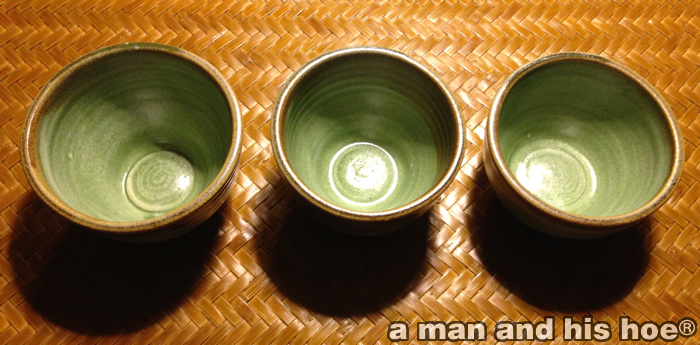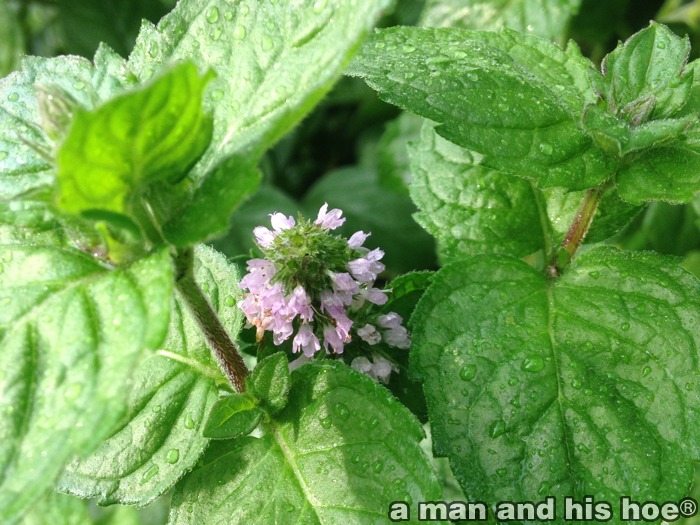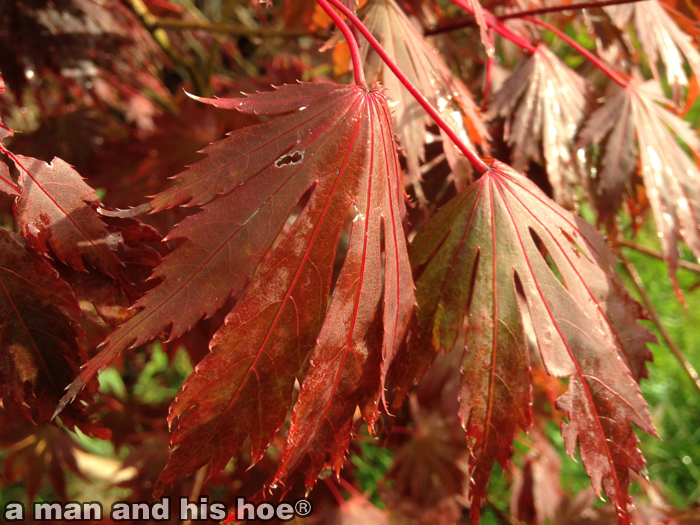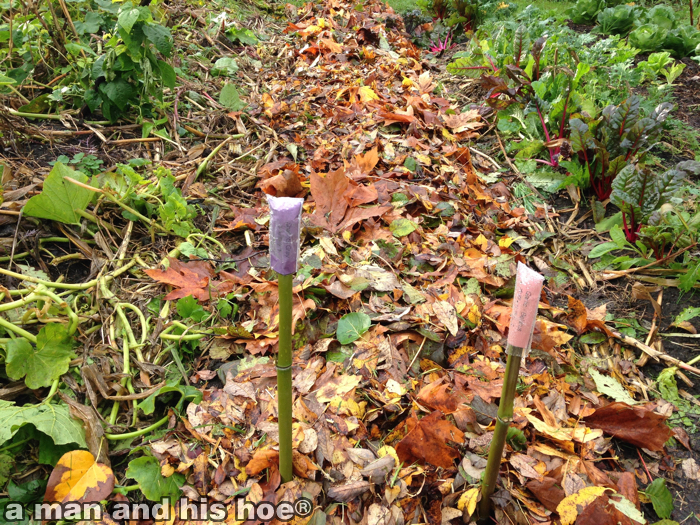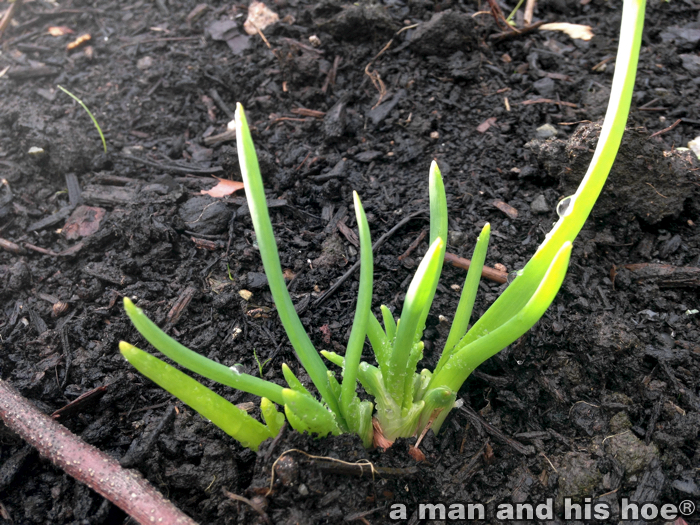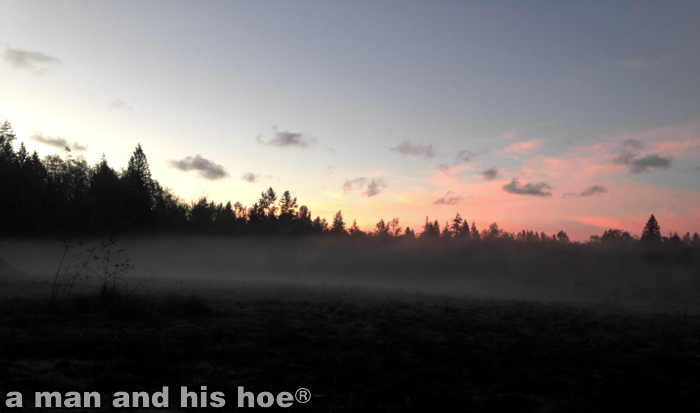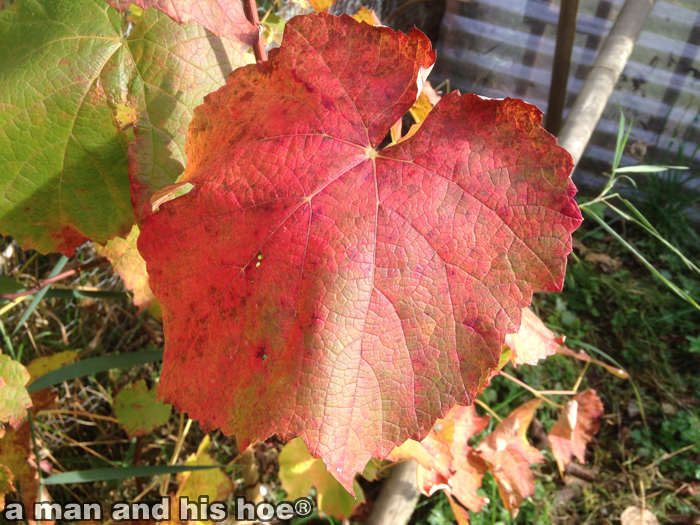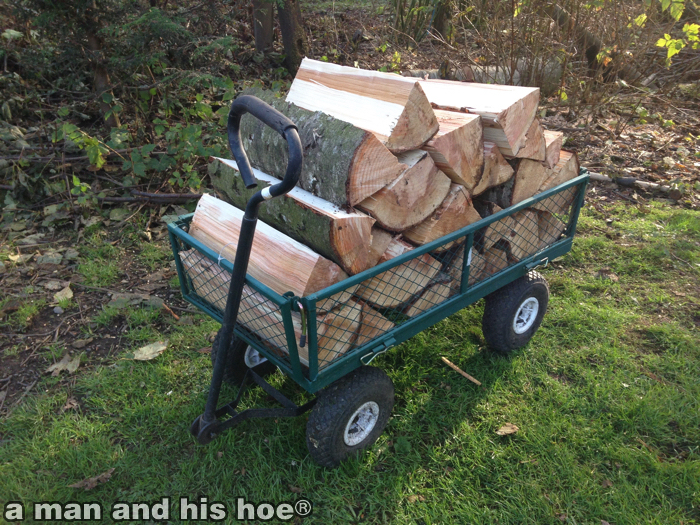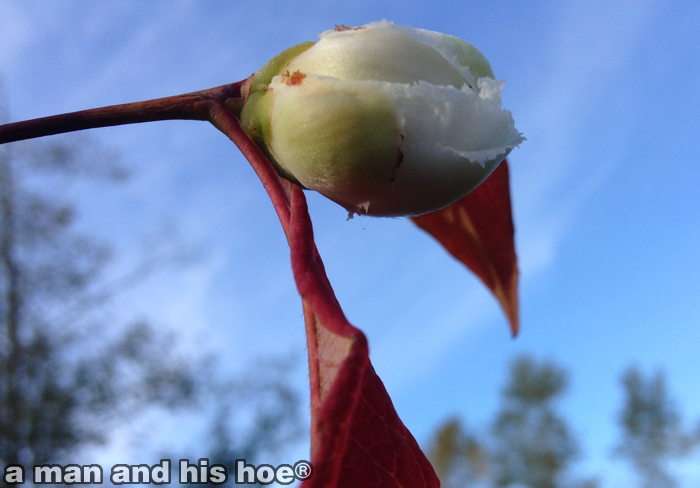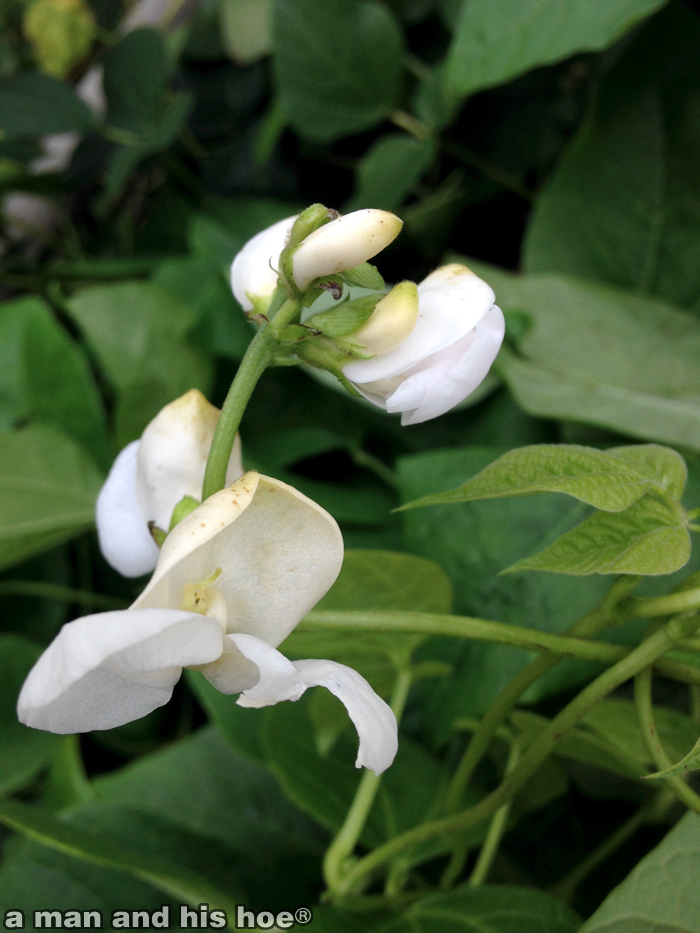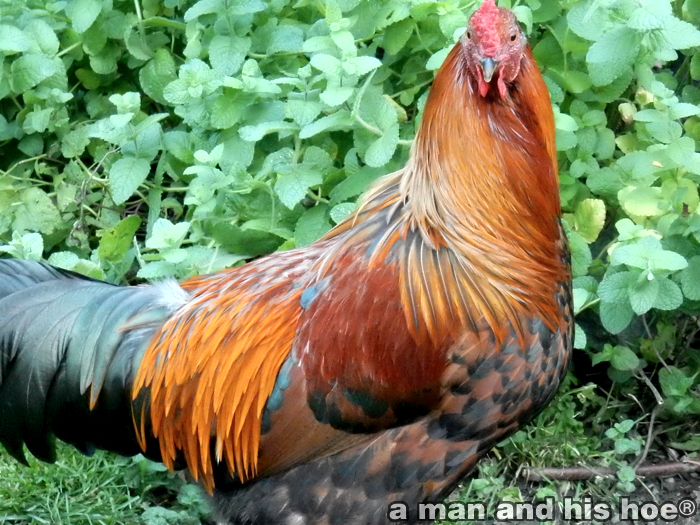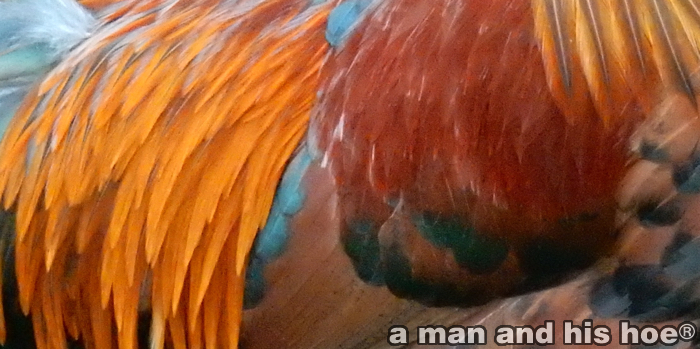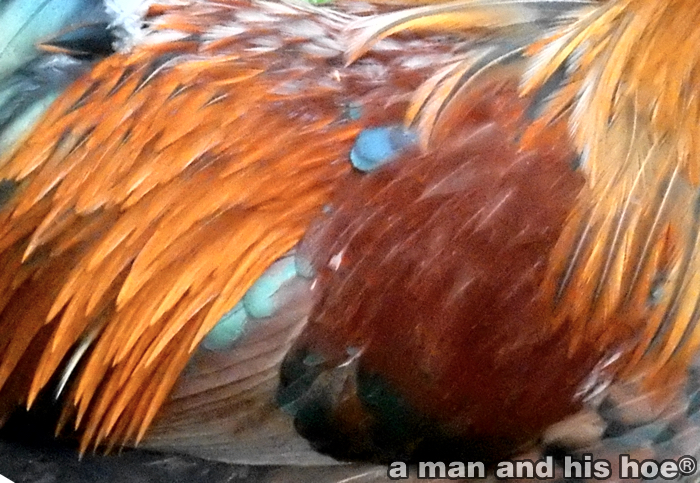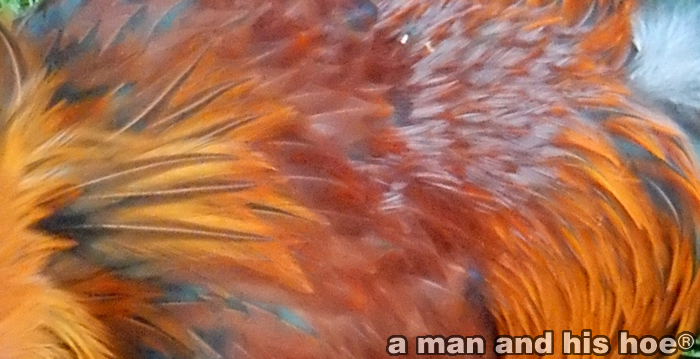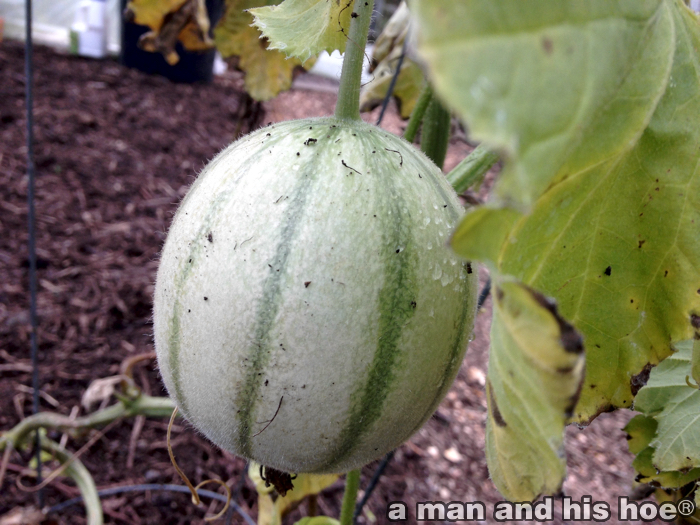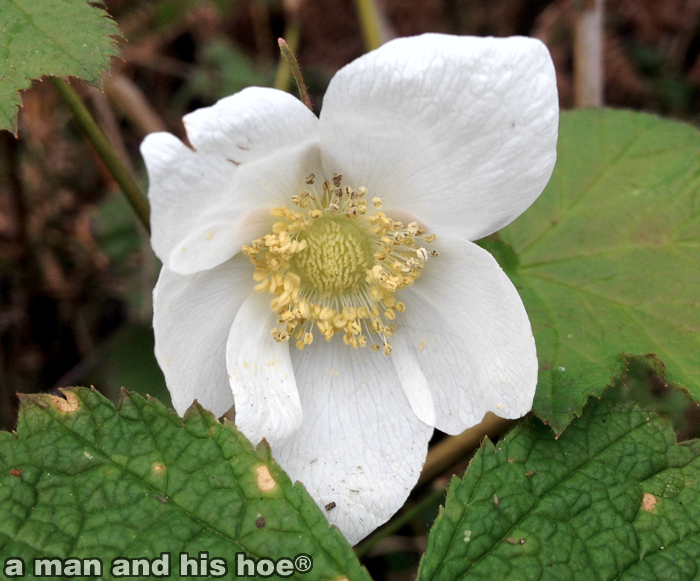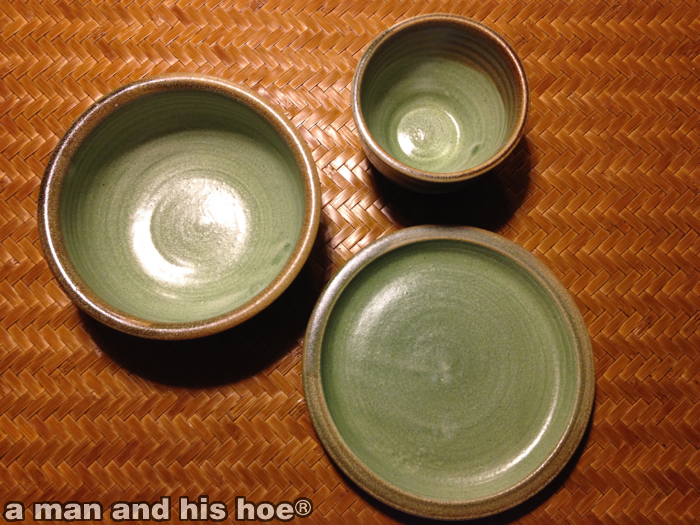
It all started a few months ago when I purchased two teacups at my local Skagit Valley Food Co-op. I liked them so much that the next time I was at the co-op, I asked one of the staff if they had a way to contact the Cheryl Harrison whose signature was on the bottom of the teacups.
“Yes, she works here,” they said. Wow! That surprised me. I found out which days and hours she worked, and I met her and asked if she made pottery on request. She did, and I took some pottery that I liked and gave her the sizes of the cups, plates, and bowls that I wanted.
I picked them up this week. It’s a delight having handmade dishes and knowing the person who made them. Each cut, plate, and bowl is slightly different. It’s refreshing setting the table and having pieces with personality.
It’s made me think how much we’ve lost with everything being mass produced, with everything being identical. A couple hundred years ago, you knew everyone who made your clothes, your dishes, your furniture. It was either yourself, or someone in your town. Today, most people have no personal connection with the people who made the things they use every day; their clothes, their shoes, their dishes, and the many other things they use.
One thing I’ve learned being at Bow Little Market this summer, is that if I look around, there are people nearby who make many of the things I use every day. It’s nice having a bowl of warm soup and knowing the person who crafted your bowl, and when I’m tossing a salad, knowing the person who made my salad fork and spoon. And they aren’t people who live in some far distant town, state, or country. They live nearby.

